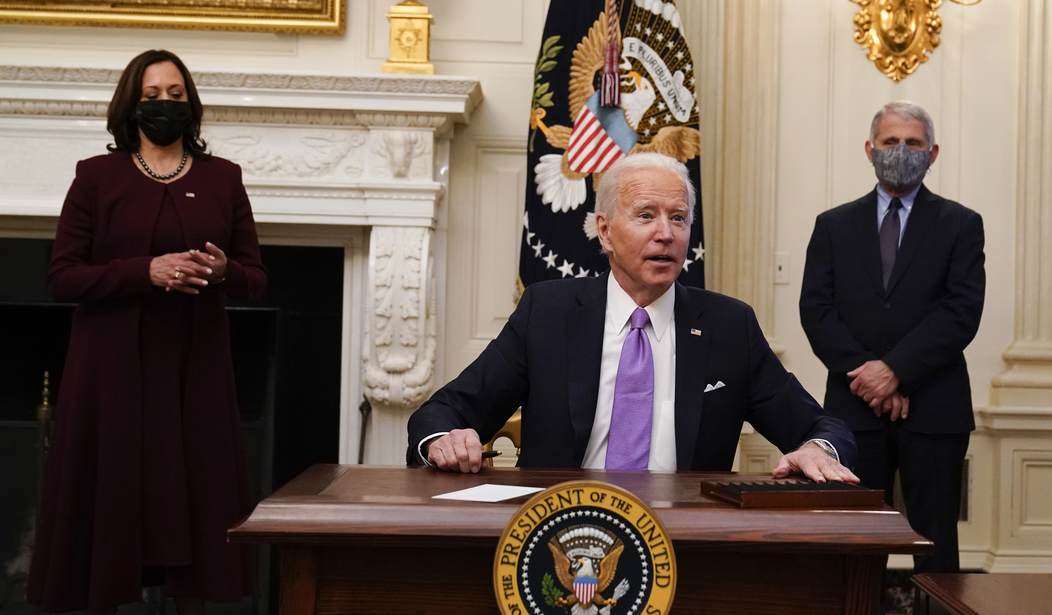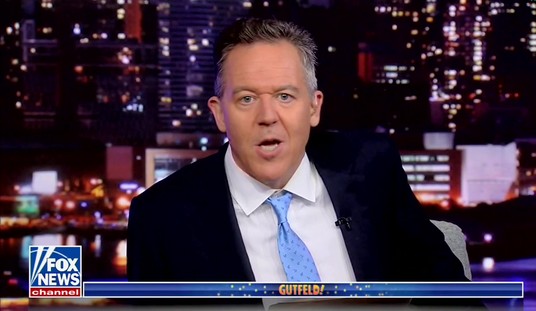For years, states like Illinois have been hoping for a federal bailout. Illinois currently carries a mind-boggling $224 billion debt burden.
Well, Illinois lawmakers must be breathing a big sigh of relief, considering it appears more likely than ever that the federal government will pump out $350 billion to states and local governments, under President Biden’s American Rescue Plan.
The bill, which also includes provisions for $1,400 stimulus checks, a $15 federal minimum wage, and all sorts of pork-barrel spending projects, will likely head to Biden’s Oval Office desk by the end of March.
This could not come soon enough for blue states drowning in red ink. Case in point is Illinois.
For decades, Illinois lawmakers have kicked the debt can down the road.
Here is a snapshot of Illinois’ finances: $224 billion total debt burden, $6 billion deficit for the current fiscal year, more than $8 billion in outstanding bills, and hundreds of billions in unfunded future pension liabilities.
Because Illinois cannot print money like the federal government can, Illinois is supposed to have a balanced budget every year. The last time Illinois had a balanced budget: 2001.
Yes, for 20 straight years, Illinois, my home state, has been operating on borrowed money. That is fiscal ineptitude on steroids. However, Illinois is far from the only blue state with money problems due to profligate spending and out-of-control public pension obligations.
The same scenario is playing out throughout the United States, from New York to California.
Such is why many blue-state lawmakers are absolutely giddy about the prospects of a $350 billion federal bailout.
According to Senate Majority Leader Chuck Schumer (D-NY), “Although we were able to secure billions of dollars to aid the state and local effort in the last COVID relief package, much much more is needed to fully address the health and economic crisis municipalities are facing down. With the new Senate majority, we will finally be able to prioritize state and local aid in the next COVID relief bill. Staving off disastrous layoffs and tax hikes, and getting New York municipalities the resources and funding they need to keep essential services running and rebuild local economies is one of my top priorities as the incoming Senate Majority Leader.”
Schumer’s statement fails to tell the whole story. Much of the debt that states like New York accrued during the pandemic pales in comparison to the mountains of debt they incurred before the pandemic.
Despite Schumer’s inference that states are head over heels in debt due to the coronavirus, the vast majority of the debt existed before the pandemic began.
Aside from the rhetorical nonsense spouted by Schumer and others seeking federal funds, one should ask a simple question: Is this fair?
In other words, is it fair to force taxpayers in states like Tennessee, where fiscal soundness is still the order of the day, to bail out states like Illinois or New York? Obviously, the answer is no.
However, that is exactly what would happen when and if the American Rescue Plan is signed into law by President Biden.
In 1975, New York City was on the verge of bankruptcy and pleaded for a federal bailout from then-President Gerald Ford. In response, Ford said New York City had an “insidious disease” of spending money it didn’t have.
Ford declared, “I can tell you now that I am prepared to veto any bill that has as its purpose a federal bailout of New York City to prevent a default.” Ford was right. It is wrong for a president to reward bad economic behavior with a federal bailout.
And because of Ford’s firmness, New York City was forced to fix its own problems, instead of forcing Americans throughout the country to do so. The same principled approach that was applied by Ford in 1975 should be applied by Biden in 2021, however, I would not recommend holding your breath on that.
Chris Talgo ([email protected]) is an editor at The Heartland Institute.













Join the conversation as a VIP Member